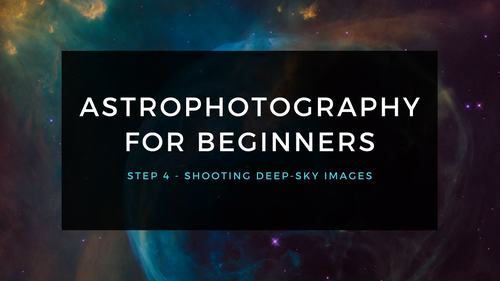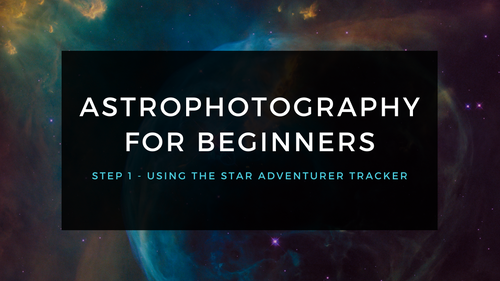Baader Planetarium 3.5/4nm Ultra-Highspeed-Filter Set CMOS-Optimized (H-alpha / O-III / S-II)






Baader Planetarium 3.5/4nm Ultra-Highspeed-Filter Set CMOS-Optimized (H-alpha / O-III / S-II)
Focal Ratio - f/2
Filter Size - 1 1/4"
Why Purchase from All-Star Telescope?
Free Expert Support
Whether you are a first timer needing help with setting up or an enthusiast that can't quite make that one thing work, our expert staff are ready to support your needs. With decades of knowledge and first hand experience we've been there and we can help you through it!
Stress Free, Secure Transactions
You can trust purchasing and delivery with All-Star Telescope. All of our transactions are 100% secure and Level 1 PCI DSS compliant thanks to Shopify's ShopPay platform. For additional protection, we insure 100% of the value of every shipment we make. If it get's lost during shipment, we replace it. If it gets damaged during shipment, we replace it. We make sure your product arrives exactly as you would expect it to; we promise.
We also ensure privacy protection. We never keep any of your credit card information on file and any of your personal data is stored according to our policies.
30 Day Return Policy
Buy with confidence knowing that we accept returns up to 30 days after purchase. We want you to have something you will actually use and we are confident that we keep good quality products in our store with No Junk.
Price Match Promise
Shipping around for the best price is tough, we make it easier by offering the best pricing in the market. But if you find a better price on an in-store item somewhere else we will match it!
Product Description
Note: this filter has multiple size & focal length options. See below for details.
This new generation of Baader CMOS-filters features:
- Increased contrast
- Ever more narrow passbands
- Reflex-Blocker™ coatings, for largest ever freedom from halos, even under most adverse conditions concerning aux-optics
- FWHM on each filter category carefully designed to allow for 1:1:1 exposures, matched for typical CMOS quantum efficiency and s/n ratio
- Identical filter thickness to existing standards, with utmost care for parfocality
- Blackened edges all around, with filter-lead-side-indicator in the form of a black frontside outer rim, to additionally eliminate any reflection due to light falling onto the edge of a filter
- Each filter coated individually, with sealed coating edge (NOT cut out of a larger plate with coatings left exposed, read more)
- Life-Coat™: evermore hard coatings to enable a non-aging coating for life - even in a most adverse environment
Sizing & Focal Ratio SKUs Table
| f/2 (for <f/2.3) | f/3 (for f/2.3-f/3.4) | f/4 (for >f/3.4) | |
| 1 1/4" (Mounted/Round) | 2961680 | 2961640 | 2961670 |
| 2" (Mounted/Round) | 2961683 | 2961643 | 2961673 |
| 31mm (Unmounted/Round) | 2961681 | 2961641 | 2961671 |
| 36mm (Unmounted/Round) | 2961682 | 2961642 | 2961672 |
| 50.4mm (Unmounted/Round) | 2961684 | 2961644 | 2961674 |
| 50mmx50mm (Unmounted/Square) | 2961685 | 2961645 | 2961675 |
| 65mmx65mm (Unmounted/Square) | 2961686 | 2961646 | 2961676 |
What's in the Box
Specifications
| Manufacturer | Baader Planetarium |
| Net weight (kg) | 0.18~0.26 |
| Size & Shape |
Seven Options Available:
|
| Suitable for f/ratio |
Three Options Available:
|
| Transmission Range | H-alpha / O-III / S-II |
| Filter Thickness (without cell) |
|
| HBW (Half Bandwidth) | 3.5 nm (H-alpha) / 4 nm (O-III / S-II) |
| CWL (Central Wavelength) | 656.3nm / 500.7nm / 671.7nm |
| AR-Coating | Reflex-Blocker™ hard coated, planeoptically polished |
| Special Features | CMOS-optimized with Life-Coat™ |
| Filter size | Multiple Size Options Available |
| Filter Usage | CMOS, CCD, H-alpha, O-III, S-II |
| Single or Set? | Filter-Set |
Additional Articles, Videos, and Links

Astrophotography for Beginners Step 4: Shooting Deep-Sky Images
Taking deep sky pictures can be daunting, luckily there is an easy process to follow to allow you to get great shots! Here is the typical process for actually taking deep-sky images in the field.

Astrophotography for Beginners Step 3: Choosing Gear for Deep-Sky Imaging
Using a star tracker gains you experience with the fundamentals of deep-sky imaging. Shooting the Moon gains you experience focusing and framing through your telescope. Through your sessions you’ll...

Astrophotography for Beginners - Start Here: Getting into Astrophotography Step by Step
Shooting the night sky has never been more popular, nor easier. The choice of equipment has also never been better, or more affordable. However, as per the advice given by Dickinson and Dyer in the...

Astrophotography for Beginners Step 1: Using the Star Adventurer Tracker
By far the most economical and easiest way to capture beautiful images of the Milky Way and large deep-sky objects like the Andromeda Galaxy (shown here) is to use a star tracker. Here are steps an...

Astrophotography for Beginners Step 2: How to Shoot the Moon
Close-ups of the Moon are rewarding, and an easy way to learn to shoot through your telescope. While good results are possible with a phone camera clamped to an eyepiece (as shown below), this tuto...

